In my history class at Tsinghua we discussed how the Chinese Communist Party (CCP) uses international events that take place in China, such as the 2008 Olympics and this year's Shanghai Expo, to legitimize its rule. It's like only we can pull this off, look how impressed the foreigners are, we are strengthening China's international prestige etc.
The creator of the Bird's Nest, the famous Olympic stadium, is openly opposed to the CCP. Art critic Barbara Pollack, in her book that I've mentioned, writes:
Ai Weiwei is best known for his role in the development of the Bird's Nest... a project created in collaboration with the Swiss architecture firm of Herzog & de Meuron. He boasted about this creation when it was in its inception and it looked like the Chinese government was not going to appreciate the outcome. But once Olympic fever took over and the project became a symbol of new China, he distanced himself from his success, telling reporters all over the world that it is impossible to celebrate this accomplishment as long as his homeland is not a democracy.
(The Wild, Wild East: An American Art Critic's Adventures in China, 23)
The Bird's Nest:
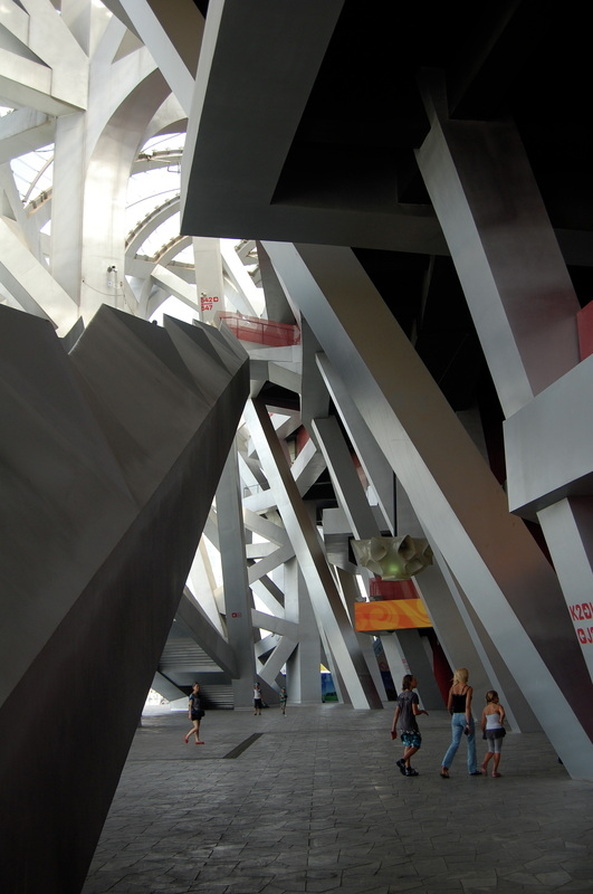
The building is so photogenic
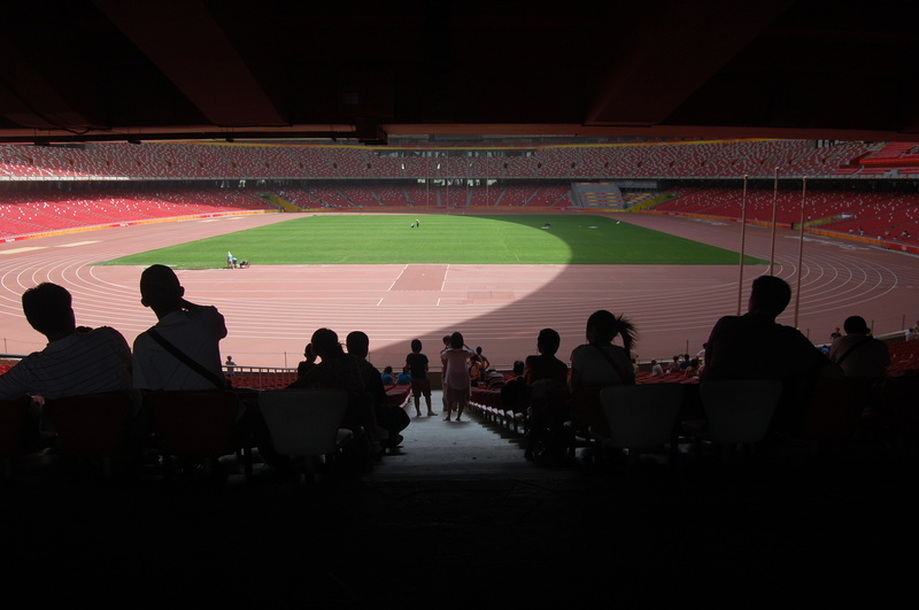
Interior. There were video and noise accompaniments in an attempt to recapture the feeling of the games
It's not clear what the function of the Bird's Nest will be in coming years. Currently, it houses a souvenir shop and this really creepy and unnecessary exhibition of wax figures of past Olympic chairmen.
Next to the Bird's Nest is the Water Cube.
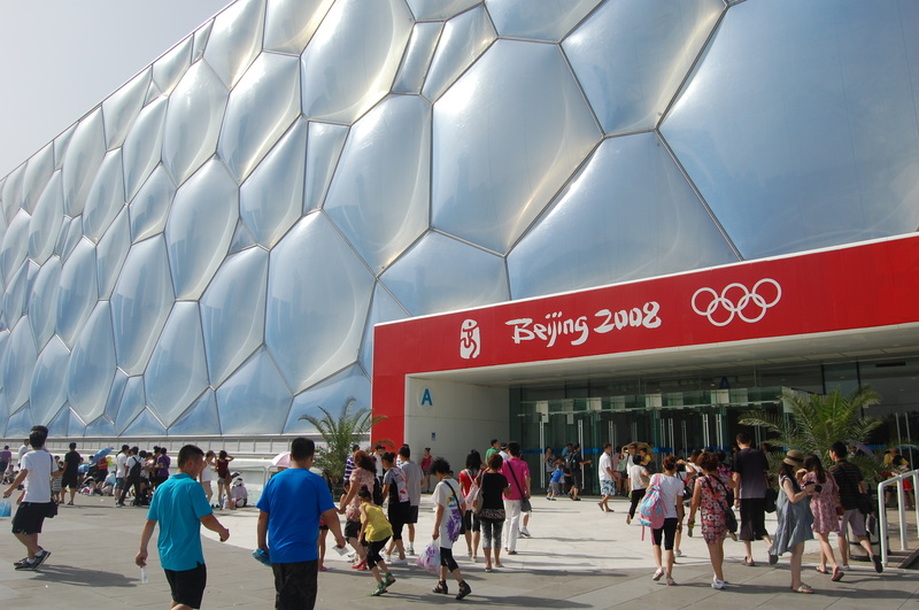
bubble wrap exterior
The Water Cube just opened up as a water park this past August. It looks like a lot of fun. Wish I had had the time to go there.
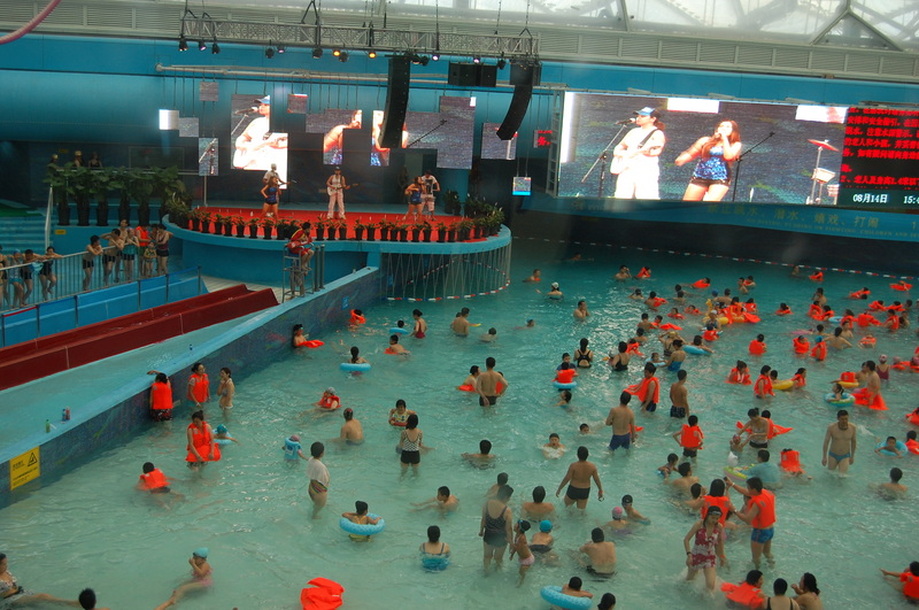
Live band performing American pop songs
Finally, here are some pictures I never posted, from the first week in China.
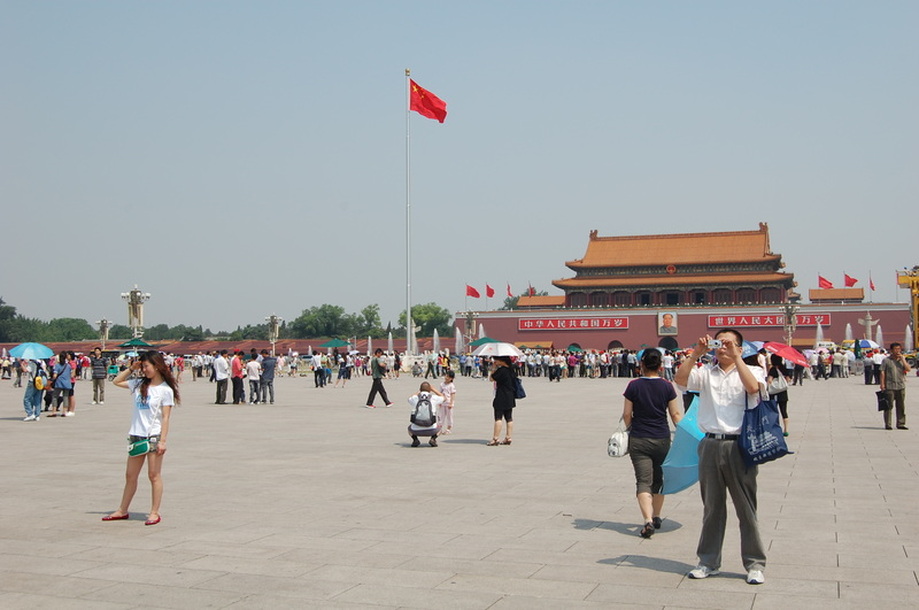
Tiananmen Square
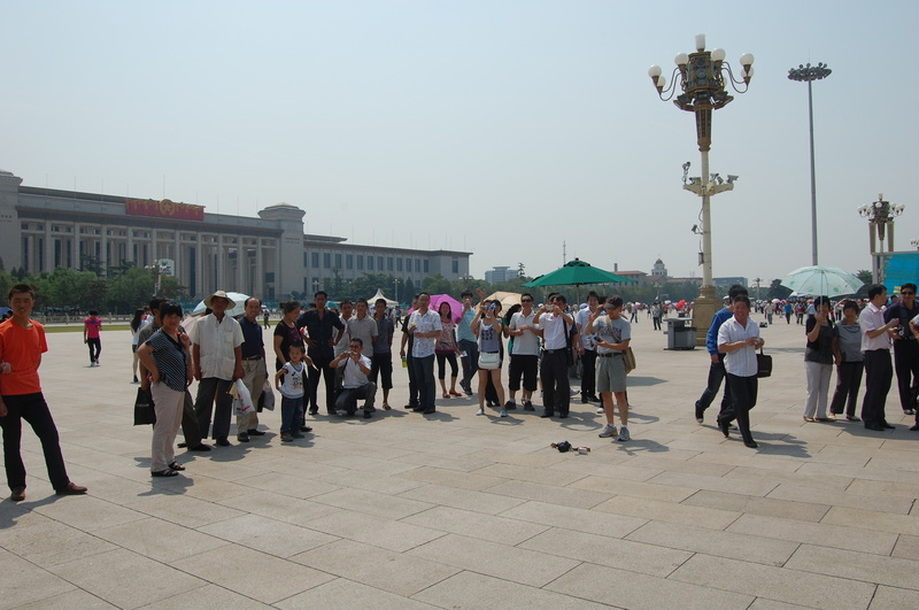
Mr. Zhang taking a group photo. Other people also taking pictures of us.
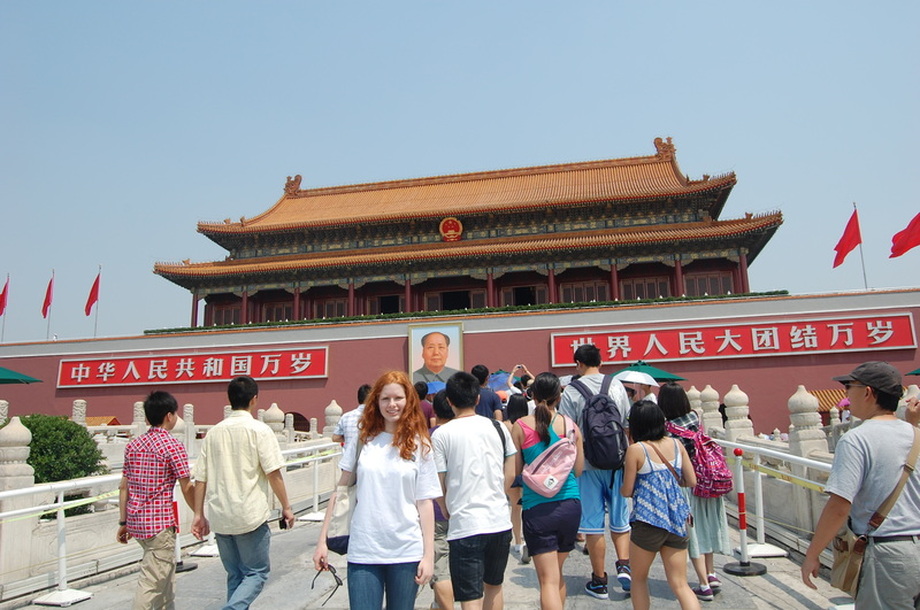
The benevolent Chairman (look at that pastel background! so harmless) and me
The Forbidden City, built during the 15th century and used as a palace during the Ming and Qing dynasties, is right behind Tiananmen Square. According to Wikipedia, it spans 7,800,000 square feet and contains 980 buildings. The
Wikipedia page has interesting information if you want to learn more about it.
Here are a few highlights of the former palace:
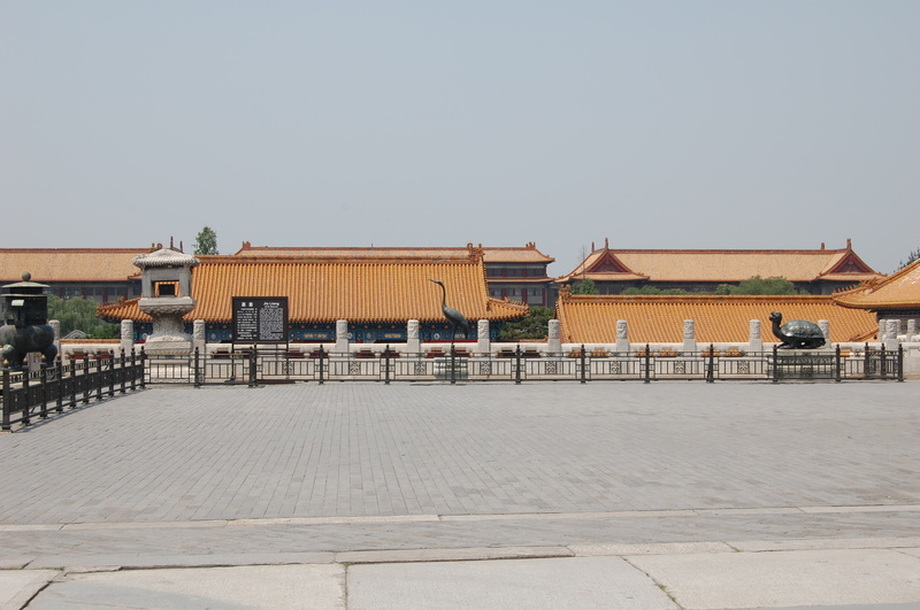
The crane and the tortoise are symbols of longevity
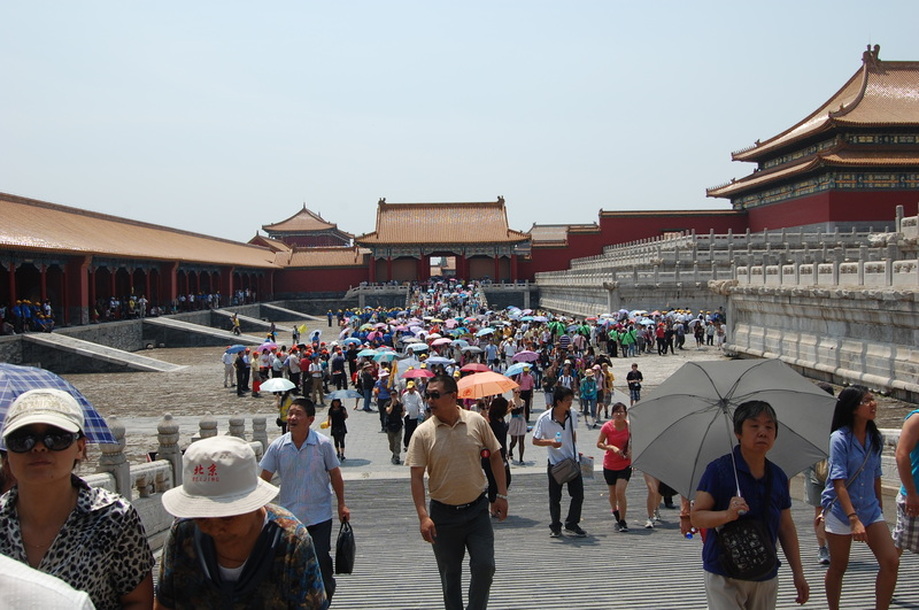
We went on a Wednesday instead of the weekend so it would not be as crowded
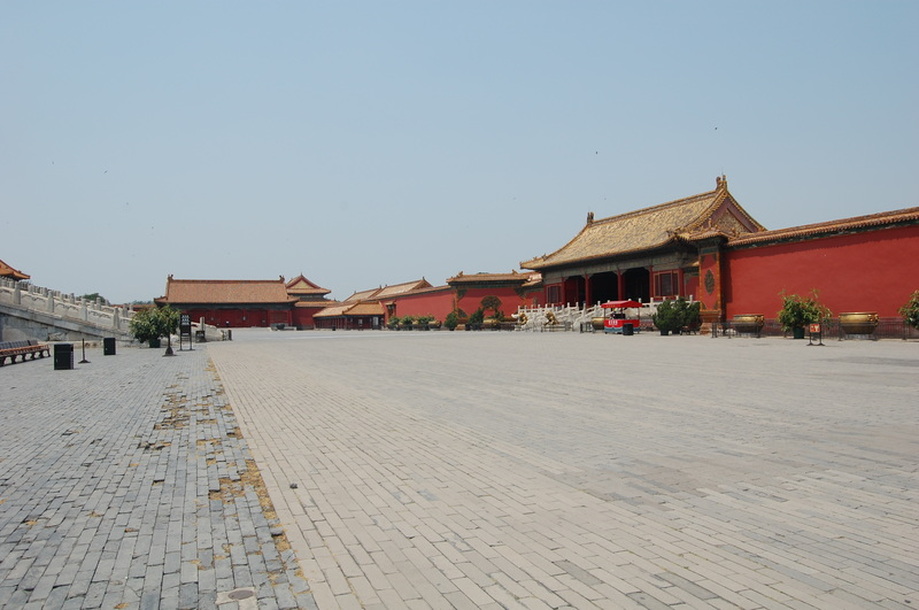
A closed off area
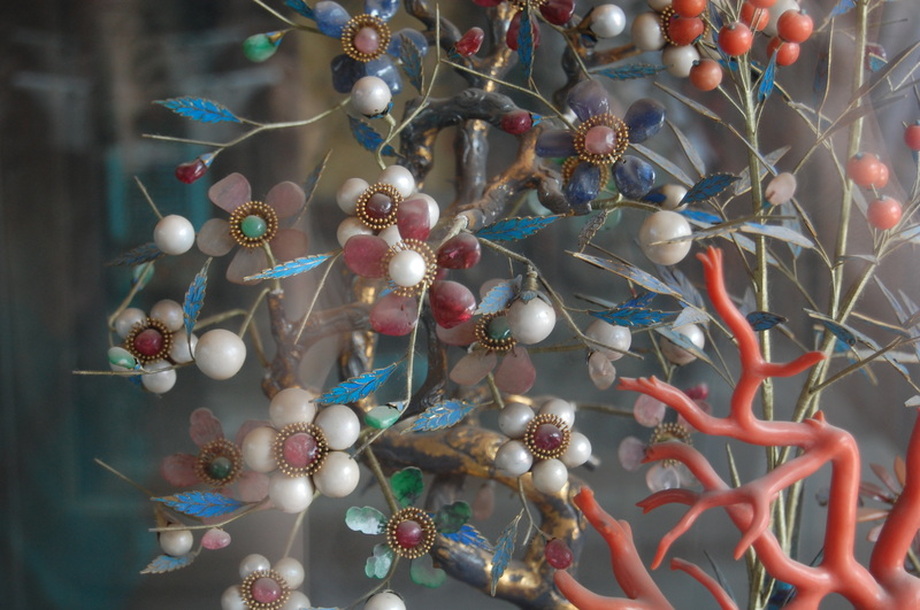
Close up of one of the imperial treasures
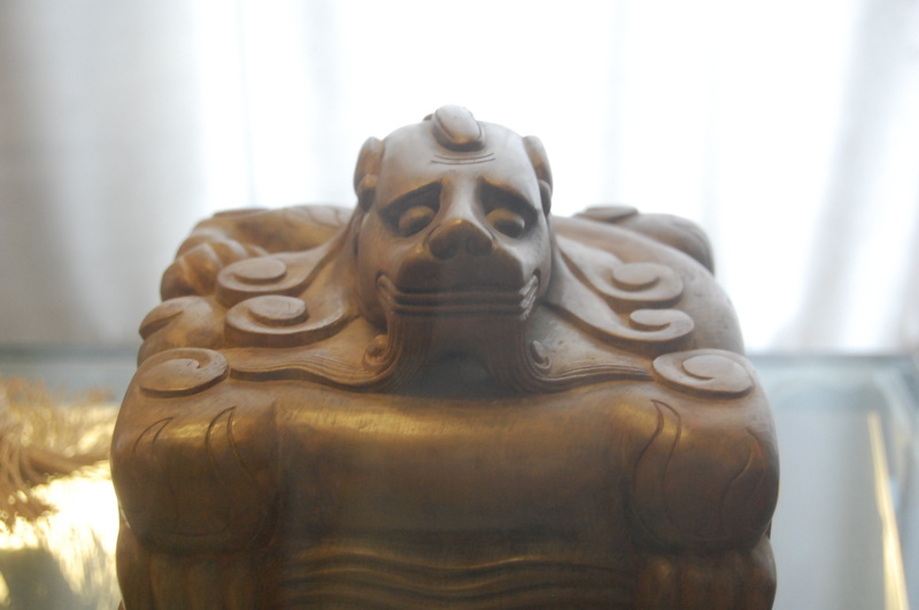
A seal. I love how this guy looks so worried that he will be stamped, as if it will hurt him
I really wished there had been more Chinglish in public. I think that's one of the charms of China. Unfortunately, before the Olympics the CCP cleaned most of it up. It reminds me of how one of my cousins, when he was four, could not pronounce any 'R's or 'S's. It was adorable, but difficult to take him seriously. Speech therapy soon corrected these impediments and it no longer was enjoyable to hear him say "nake" (snake) or "wowm" (worm). He spoke just like everyone else.
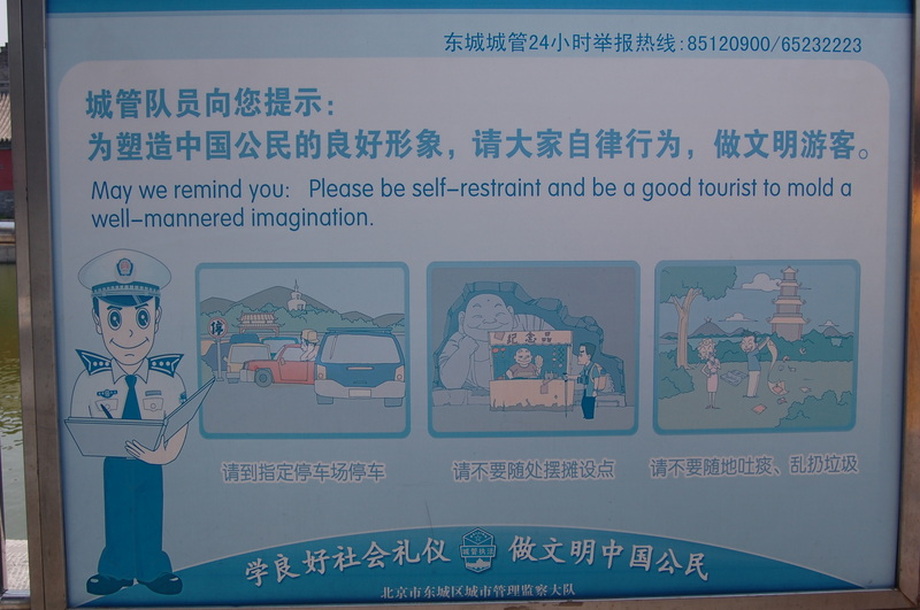
A sign outside of the Forbidden city, one of the few Chinglish signs I saw in China
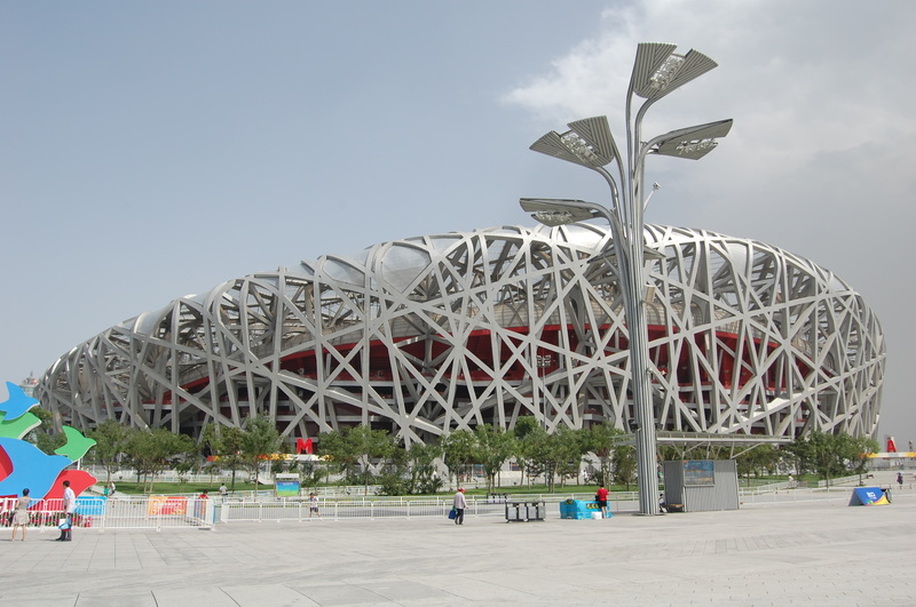


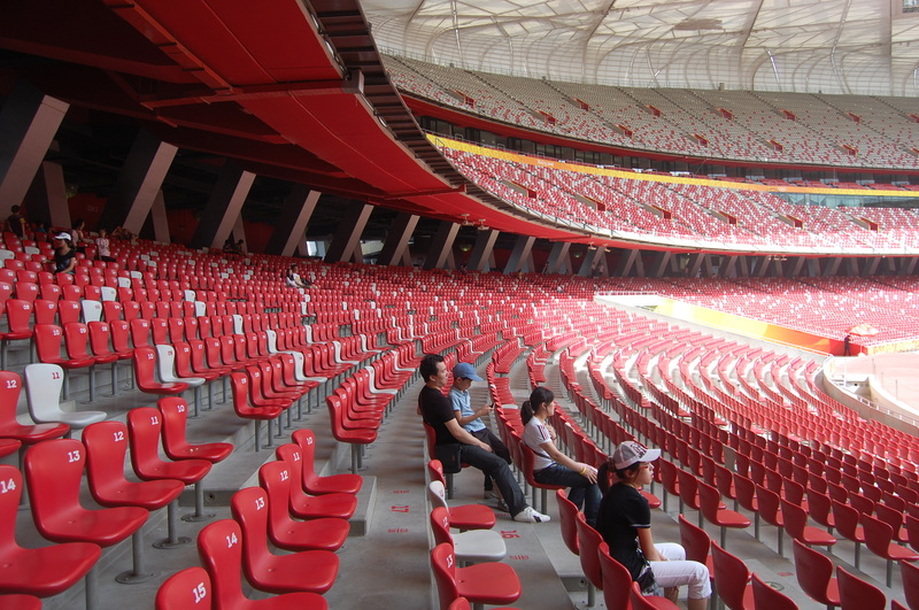
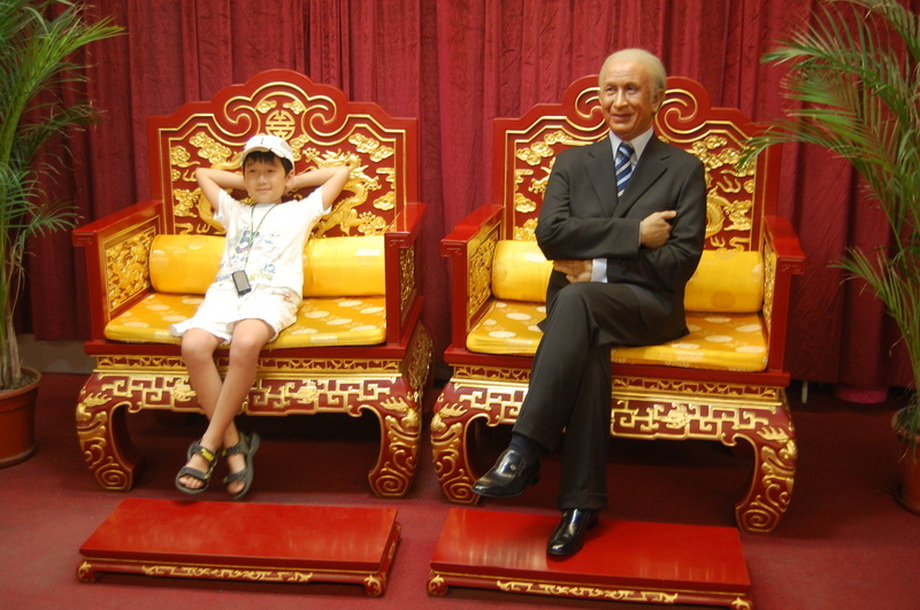

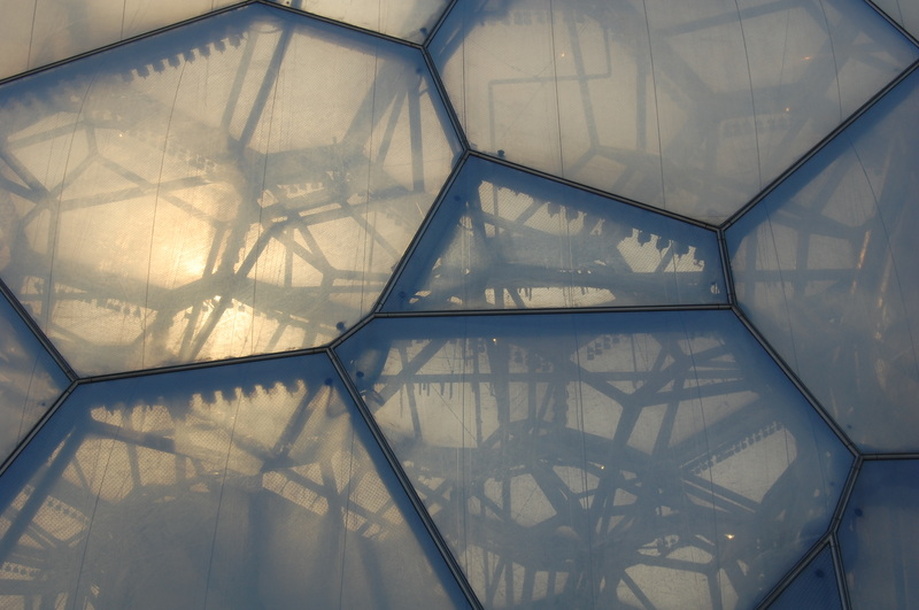
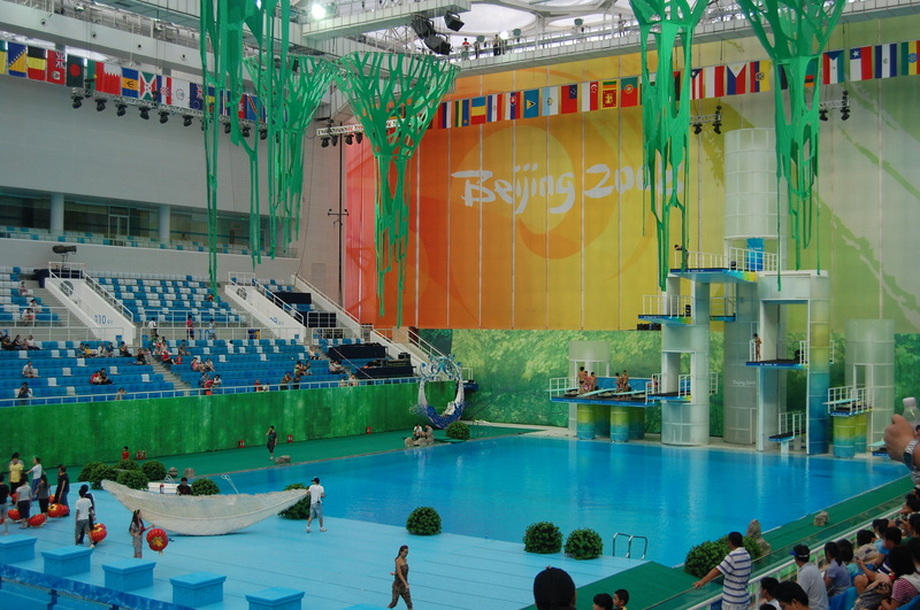
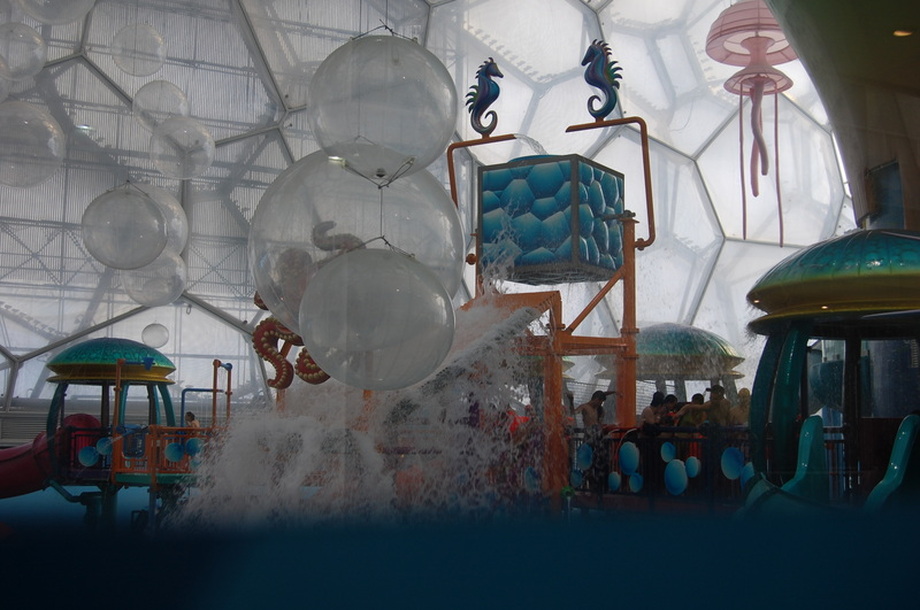







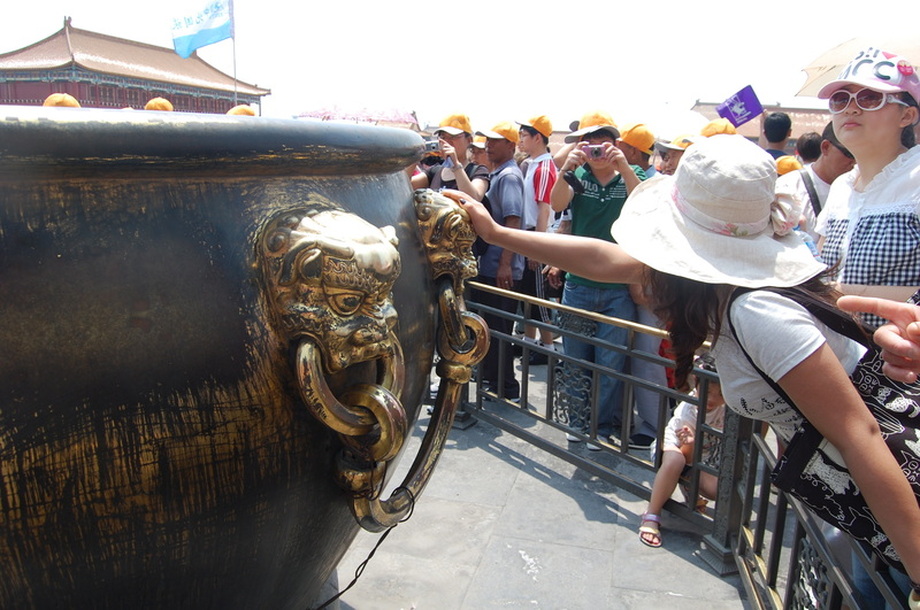
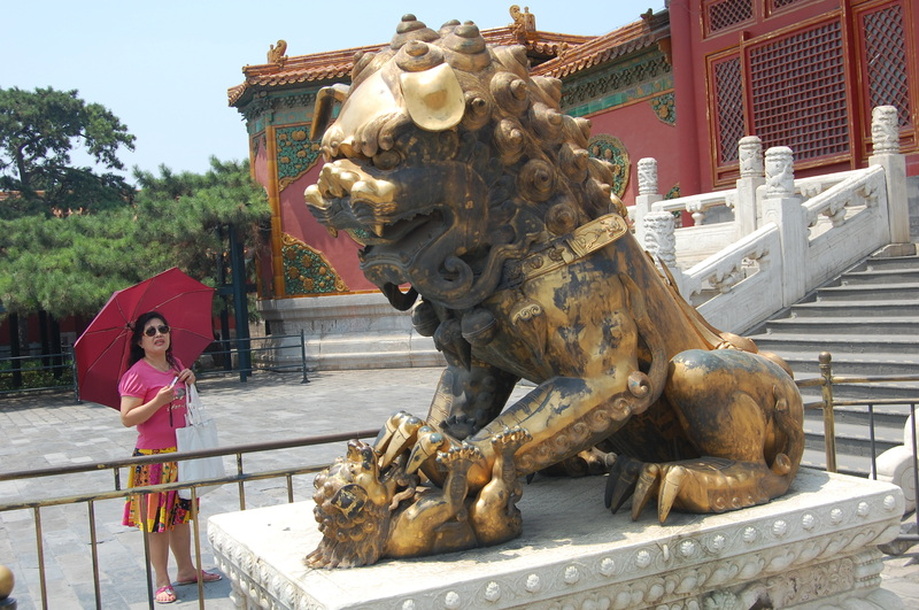



 RSS Feed
RSS Feed